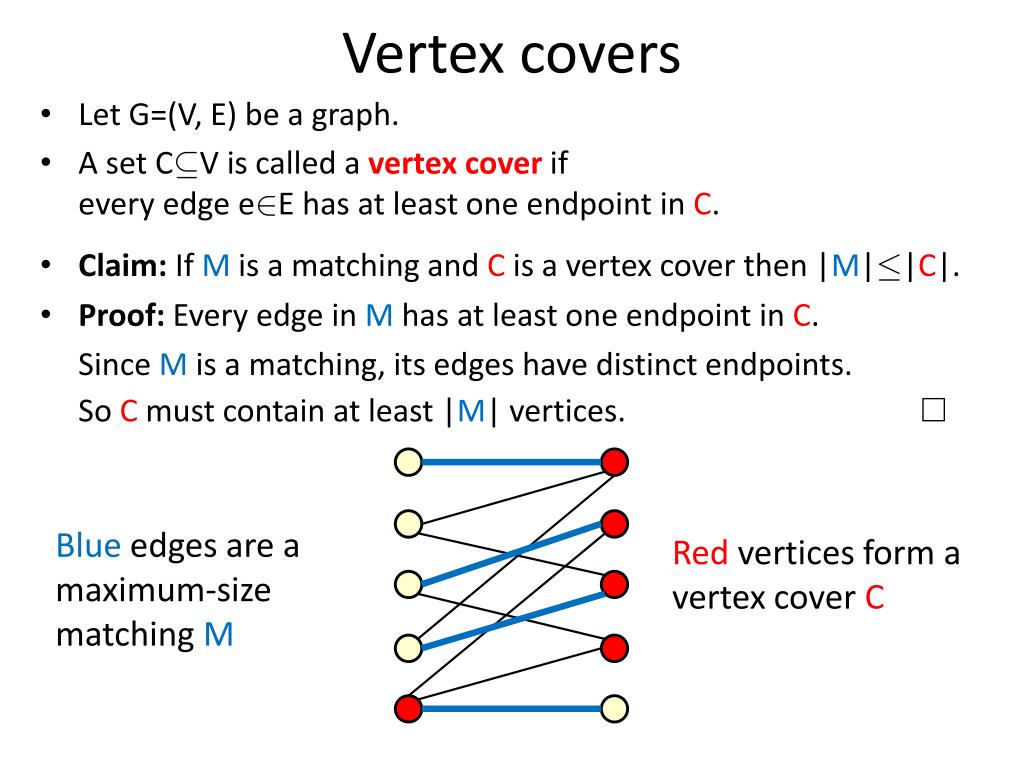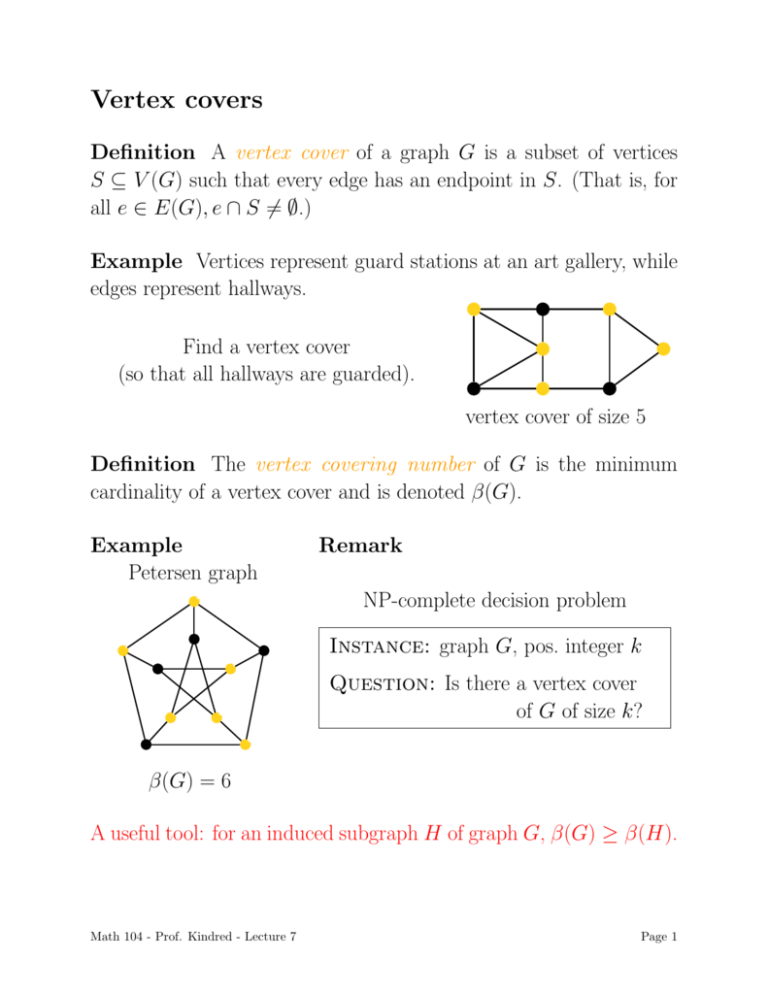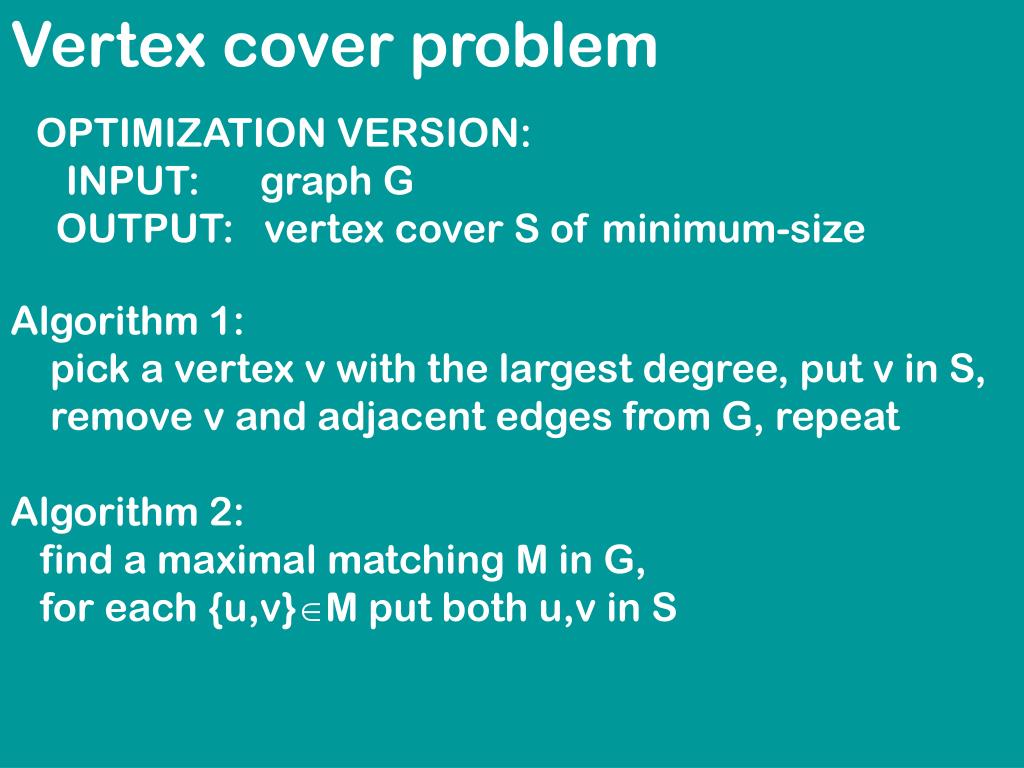

The idea is to perform BFS from one of given input vertex (u). 1+(n + 1) (4n + 6) vertices and a tail of n vertices, burning all the. Explanation: (1, 2) and (2, 5) are the only edges resulting into shortest path between 1 and 5.

The comprehensive simulation results showed that the proposed algorithm could find up to 11% smaller solutions than the existing distributed algorithms with less than 1% difference of optimum solutions in most of the evaluated graphs. Find minimum number of edges between (1, 5). The time and bit complexities of the proposed algorithm are O(n/?) and O(n2×logn) respectively, where ? is the maximum node degree and n is the number of nodes. One solutionof this problem is to determine an approximate MinVC of the network and use the nodes in MinVCfor propagating information. : The total hop distance between predicted and true values. In this way, the score of each node determines the average coverage ratio by each neighbor of that node. 1 Determine a minimum vertex cover in G, and query the corresponding. The score of nodes is calculated by dividing the number of uncovered edges in their local subgraph by the number of their 1-hop neighbors. We propose a scoring based policy and add the 1-hop neighbors of nodes with the highest score among their 2-hop neighbors to the vertex cover. Now, we can solve the problem by creating 4 tables: Boys journey from start (1,1). We also know that we can nd a 2-approximation of vertex cover size in polynomial time. Convince yourself that in no other case will they meet at only one position. From 6.046, we know that nding the minimum vertex cover size is NP-hard. In this paper, we propose a distributed localized algorithm for detecting vertex cover using 2-hop local neighborhood information in the distributed systems. Sublinear algorithm for Approximate Vertex Cover (Parnas-Ron) 2 Vertex Cover Given G (V E), V0 V is a vertex cover if 8(u v) 2E, either uor v2V0. Siddharth Gupta, Guy Saar and Meirav Zehavi Collective Graph Exploration Parameterized by Vertex Cover.

Finding the minimum vertex cover of a given graph is a well-known NP-Hard problem that has many applications in various fields. Session: 1, chair: Stefan Kratsch, Session: 2, chair.


 0 kommentar(er)
0 kommentar(er)
